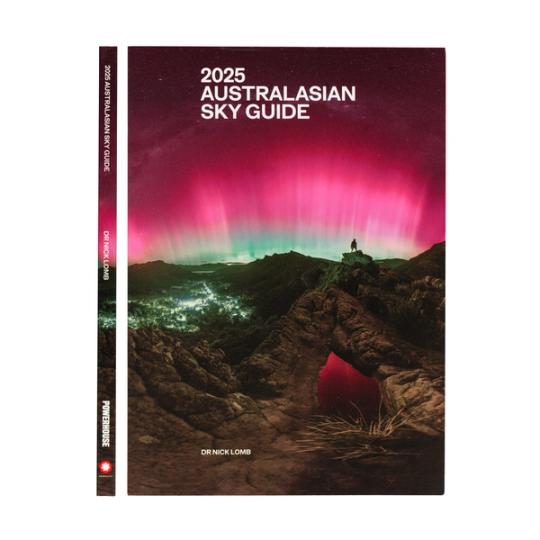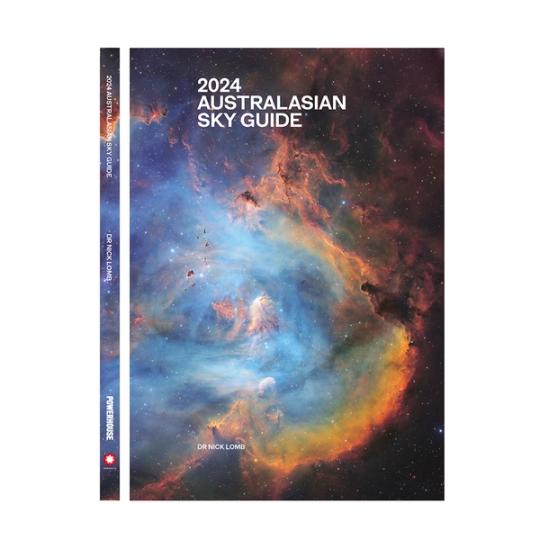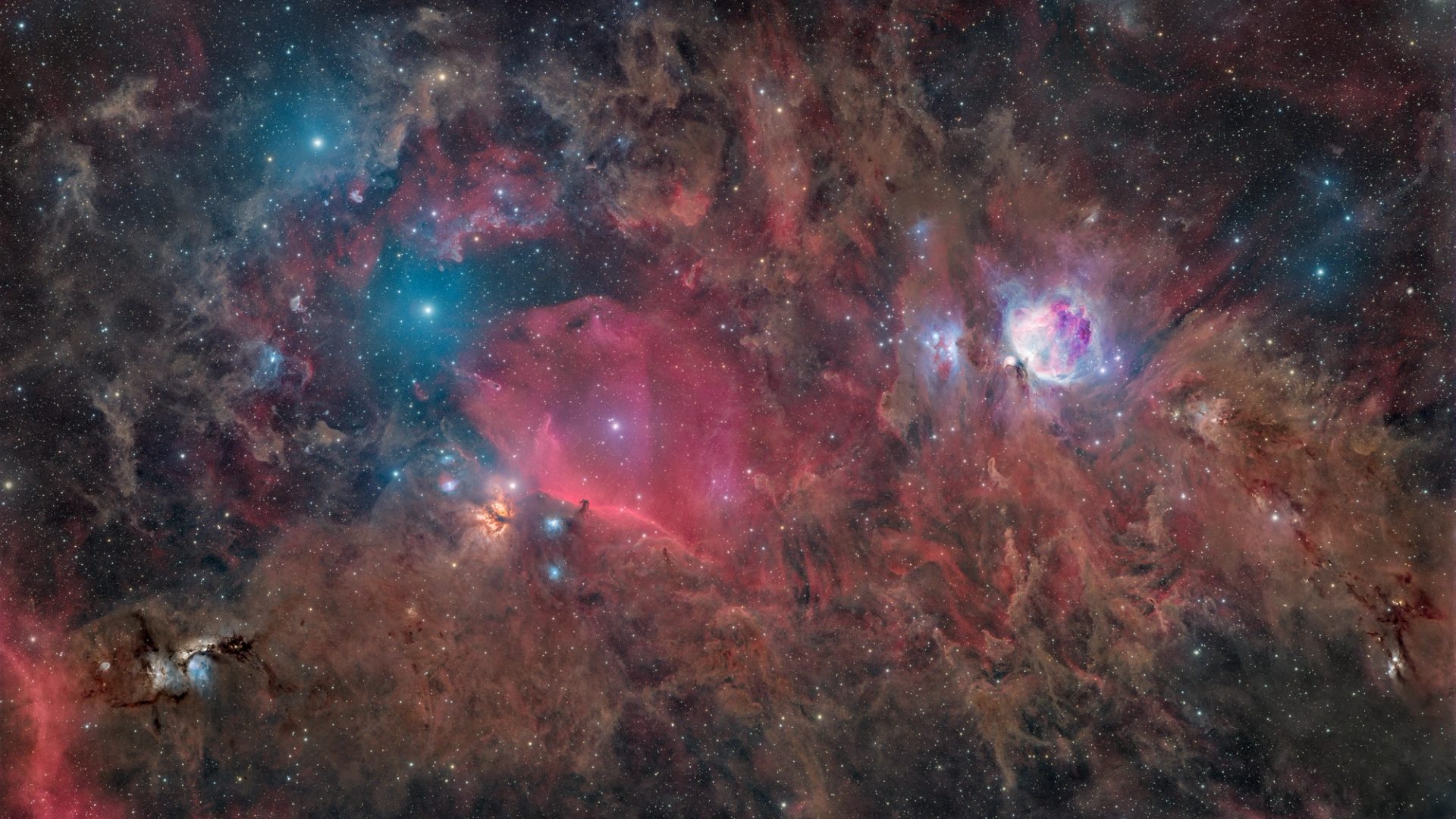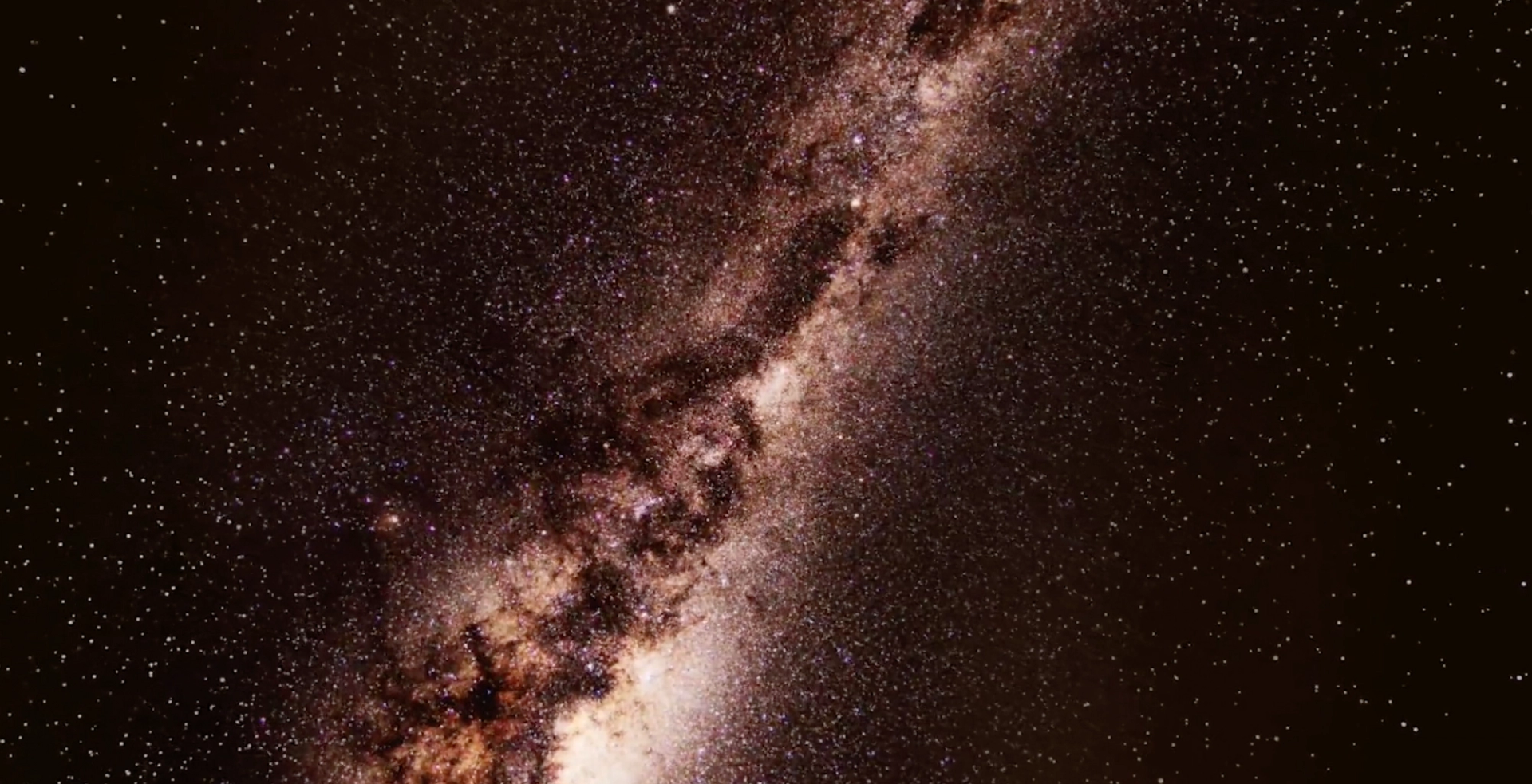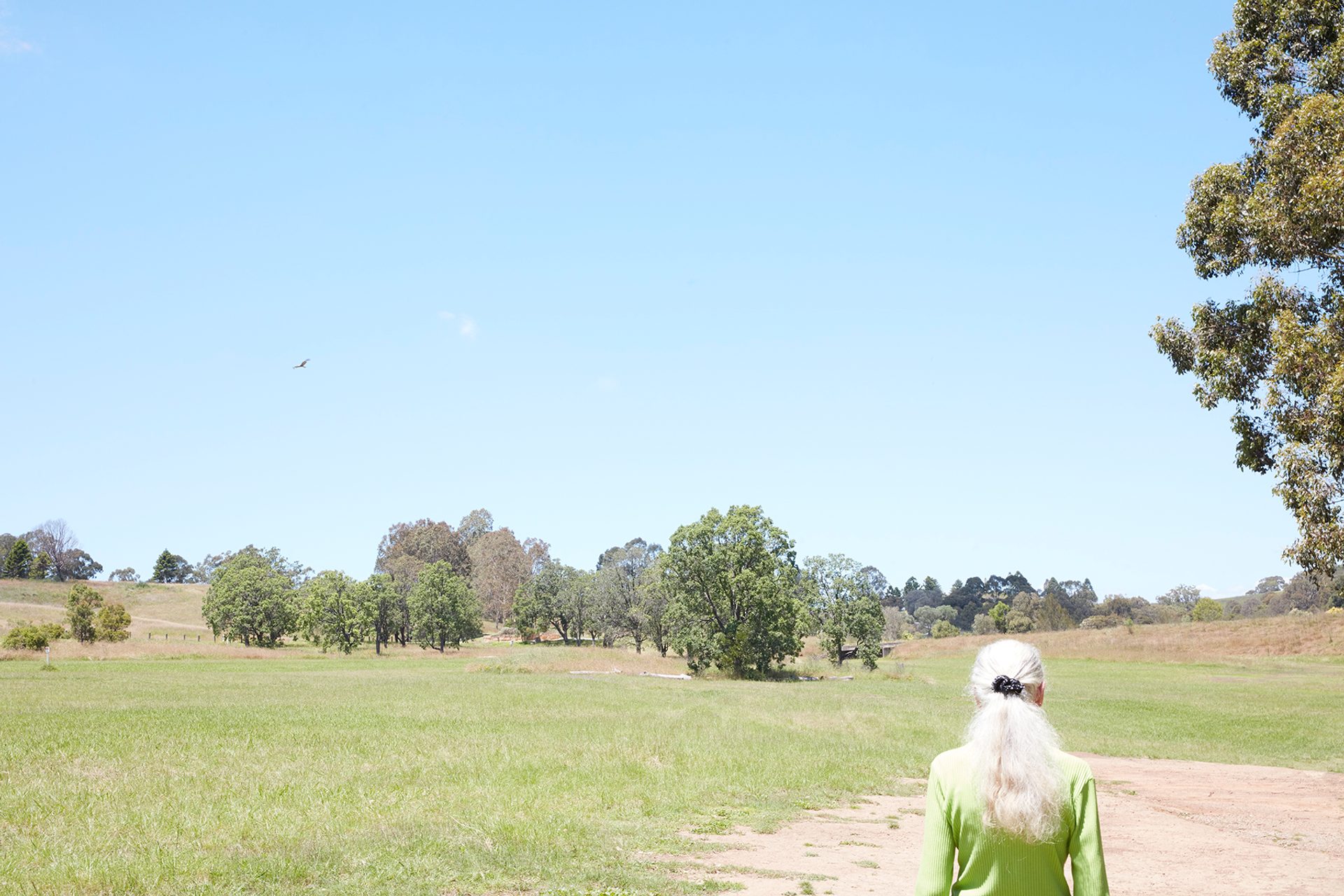Looking at the Nguwing Buurah

Deeply embedded in science and culture, First Nations understandings of the cosmos are sophisticated and complex. Developed over millennia this is a living system of knowledge.
Each community has information encoded in the nguwing (night) buurah (sky) — cultural knowledge systems that speak to the social and cultural environment, interwoven in complex tapestries where understandings of the universe appear as a cosmoscape.
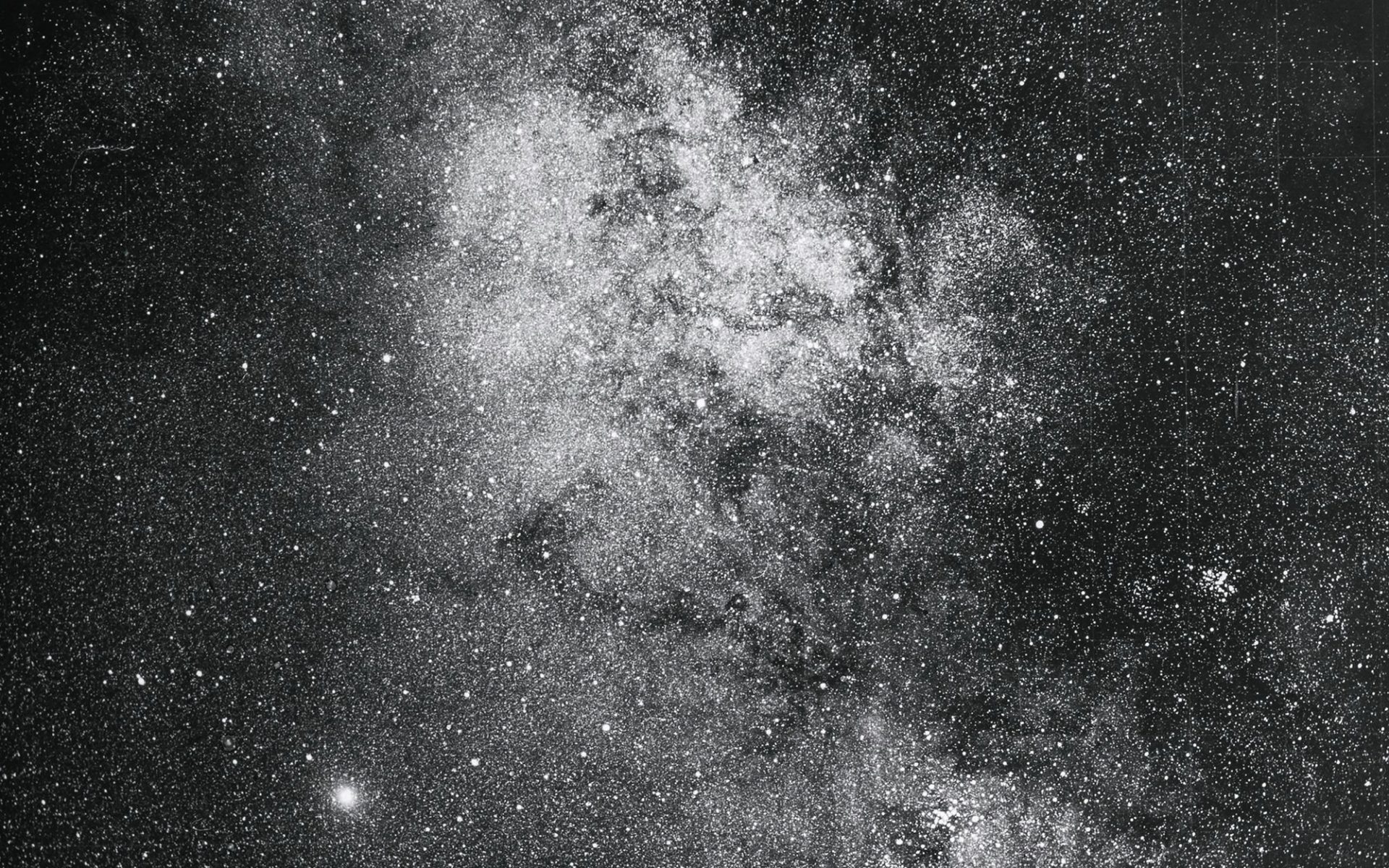
In one way the nguwing buurah is a mirror of Country as it reflects the landscape, complete with rivers and forests. The sky is an inhabited world, one that is both tangible and intangible, full of ancestral beings. It is where Baiami the sky ancestor lives and many important cultural figures are located there.
In a practical sense the buurah is a library, an encyclopedia, seasonal calendar, map, almanac and clock. It also represents where things are — campsites, tribes, ancestral places — in other words a sky atlas and a big library.
Warrawal (the Milky Way) is seen differently by different mob. It can be seen as a river, sky camps of the ancestors with the haze, or smoke from the campfires.
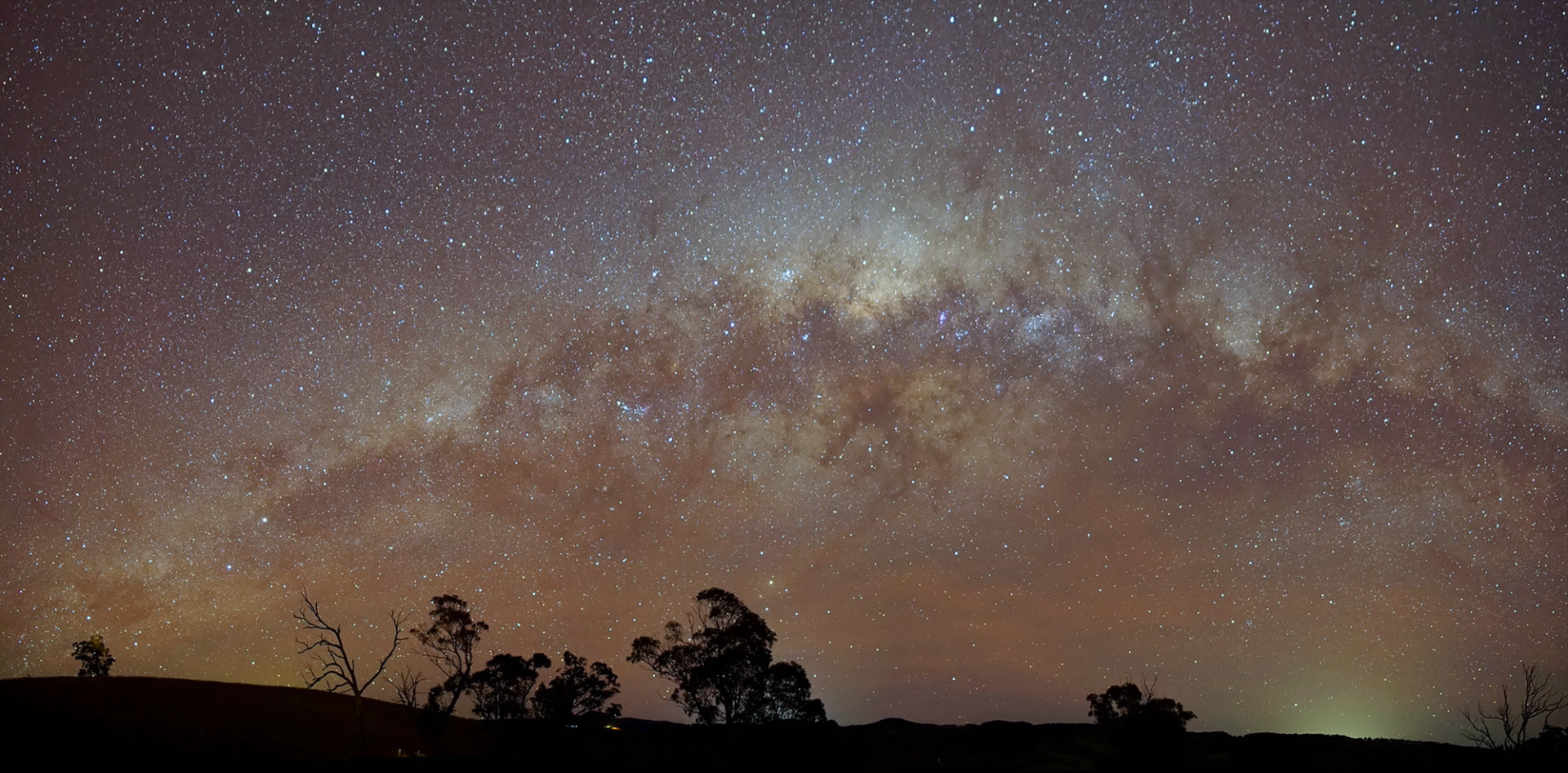
Birrung (stars) hold story and can also represent important sites such as hand crafted badu (water) holes, mountains, or other natural features. Star maps, that overlay everything and everywhen, are coded to memory using song and ceremony. Birrung present directions of the muru (pathways) for travelling to ceremony or meeting places, identifying the badu holes along the way.
There are many layers in knowledge — everything is connected, everything intertwined. The constellation known as the Emu in the Sky provides a glimpse to this knowledge.
This large celestial constellation is visible to the mai/mi (eye). You don’t need a gnan-gnyelle (telescope) to see it as it stretches across almost the whole sky. It reveals crucial information about seasons, food availability, timing of ceremony and caring for Country.
The Emu in the Sky has important ceremonial and resource meaning. It may or may not be seen at different times of the year as Warrawal’s position in the sky changes.
To find it look for the constellation referred to in western astronomy as the Southern Cross. Look at the dark patches known as the Coalsack Nebula, the opaque clouds of dust and gas. That’s the head, you can clearly see the head and beak. The neck, body and legs are formed from dust lanes stretching across Warrawal. The body and legs are that extension of the Great Rift trailing out to Scorpius.
The Emu in the Sky mirrors the behaviour of Mariong, the terrestrial emu.
As Warrawal rises in the evening during April and May, the Emu becomes visible running across the sky. This celestial event coincides with the breeding behaviour of the terrestrial emu. This is emu mating season, when the female chases the male and this is seen in the running action of Celestial Emu. The female Mariong (emu) will soon be laying eggs, then broody males will sit on the eggs to protect them from being taken for food.

In June and July, the Emu in the night sky appears sitting on a nest, Mariong the terrestrial emu is brooding the chicks, so it is still time to collect eggs.
Come August, it is time to start planning ceremonies for the summer. The Celestial Emu at this time has dark patches seen as eggs, a particular reference to the timing of the male initiation ceremony. The reflections here are relational. The male emus care for the chicks; there is a connection, when the men care for the young men, the Emu in the Sky is vertical over the south-west direction.
It indicates that it’s time to mend, make sure your gunya (house) and tools are in good order and to stockpile food for ceremony or travel and to prepare for visitors.
On the Elvina Bay Track, in Ku-ring-gai Chase National Park, there is a petroglyph that aligns with the Emu in the Sky (see image previous spread). This rock carving mirrors the Celestial Emu and shows two eggs, which has particular significance for ceremony. Dendroglyphs, or tree engravings, were also noted to have astronomical designs.

Later in the year, Warrawal and Mariong dip close to the bembul (earth), and the Emu is seen to be sitting in a waterhole full from the spring rain. This is important, signalling time to check on the availability of badu and the overall health of Country.
The nguwing buurah holds substantial information. The knowledge shared here is but one basic layer of this understanding, the mirror of the celestial and terrestrial emu.
These rich celestial knowledge systems continue to flourish. They are absorbed in social and cultural life, passed down from one generation to another as a living system of knowledge that is very much cherished and enjoyed today, with new understandings added and encoded.
In 2015, on Mabo Day a naming ceremony took place at Sydney Observatory. On the 23rd anniversary of the Mabo decision, a star was named Koiki after Eddie Koiki Mabo. Recorded in the Sydney Southern Star Catalogue (SSSC) this star is within Yarran (the Southern Cross constellation) as well as the Torres Strait Islander constellation known as Tagai, but that’s another story.
Any time you are caddy yannadah gilly (under moonlight) you will find a birrung looking back at you. Whether you have a gnan-gnyelle, or just your mai, take a moment to look up.
This essay appears in the 2025 Australasian Sky Guide authored by Dr Nick Lomb.
About the Author
Aunty Joanne Selfe grew up with stories of the nguwing (night) buurah (sky) shared by her mother, Elders and Community Knowledge Holders. Warrawal (the Milky Way) has always held special meaning to her and her family. Cadi nura, a Gadigal woman born in Sydney, she is a founding member of Warringa Baiya (NSW Aboriginal Women’s Legal Service) and sat on the Youth Koori Court as an Elder for a number of years. Today, Selfe works on the NSW Judicial Commission’s Ngara Yuraprogram, which educates judicial officers on matters relating to First Nations customs, culture, traditions, and society. In her spare time, she works within her community sharing the very knowledge systems and skills she learnt from her mother, Elders and Community Knowledge Holders. She is also a master grass weaver.

















